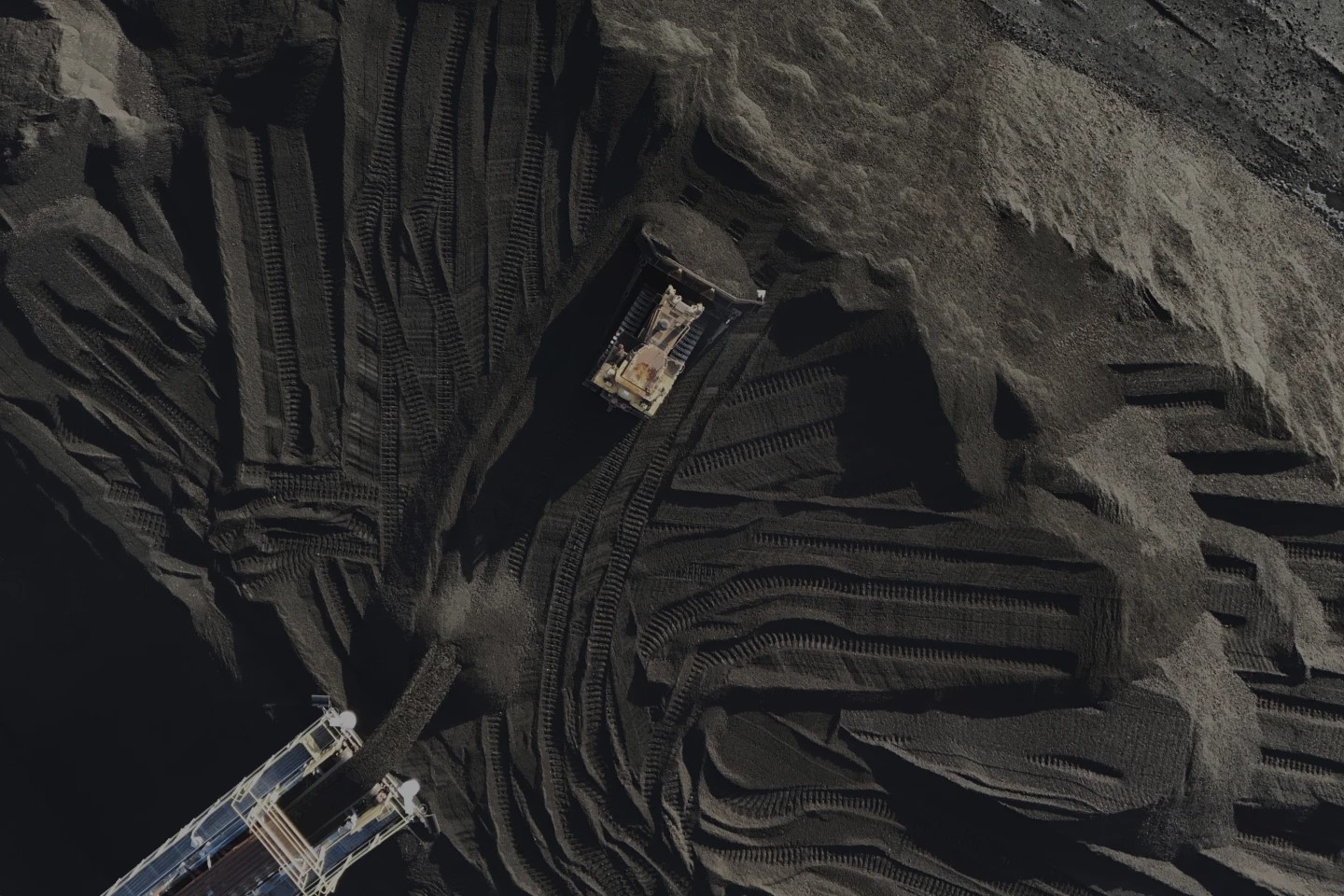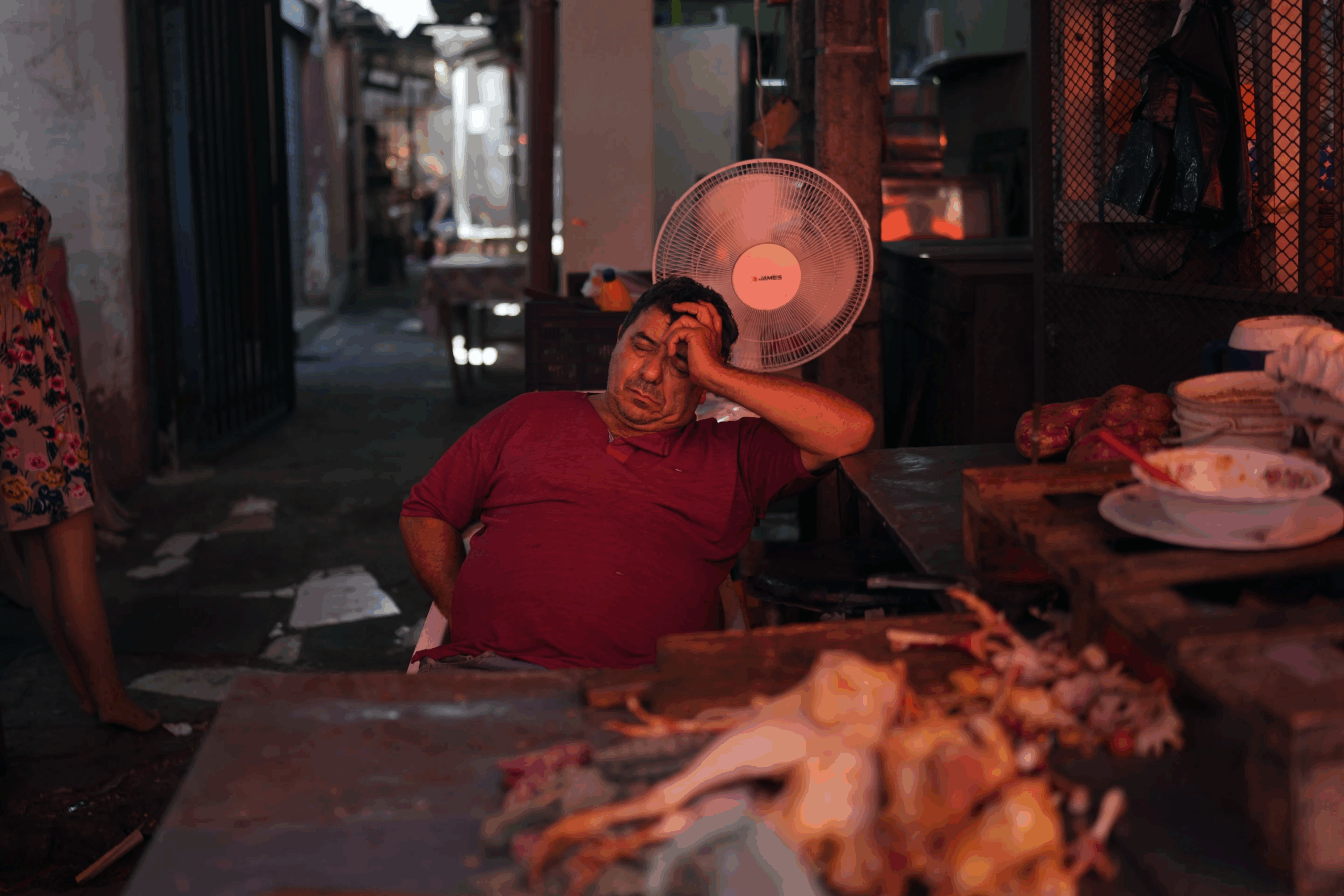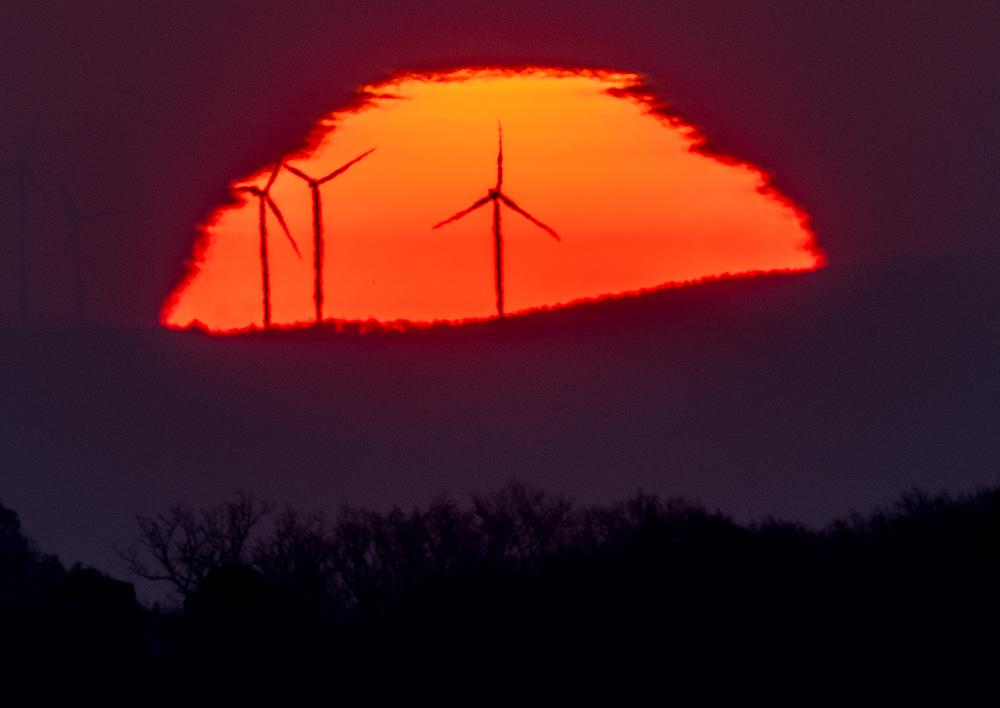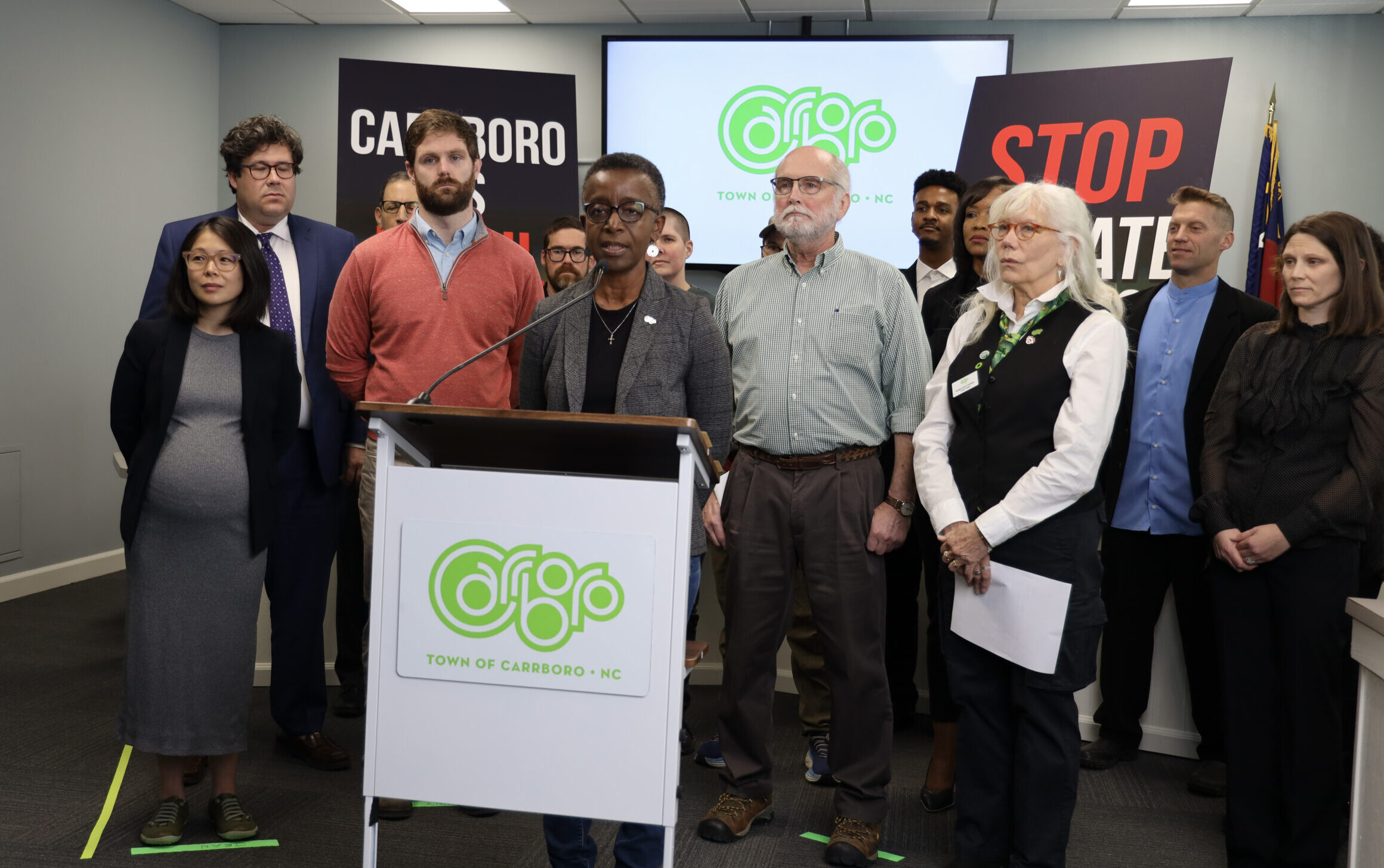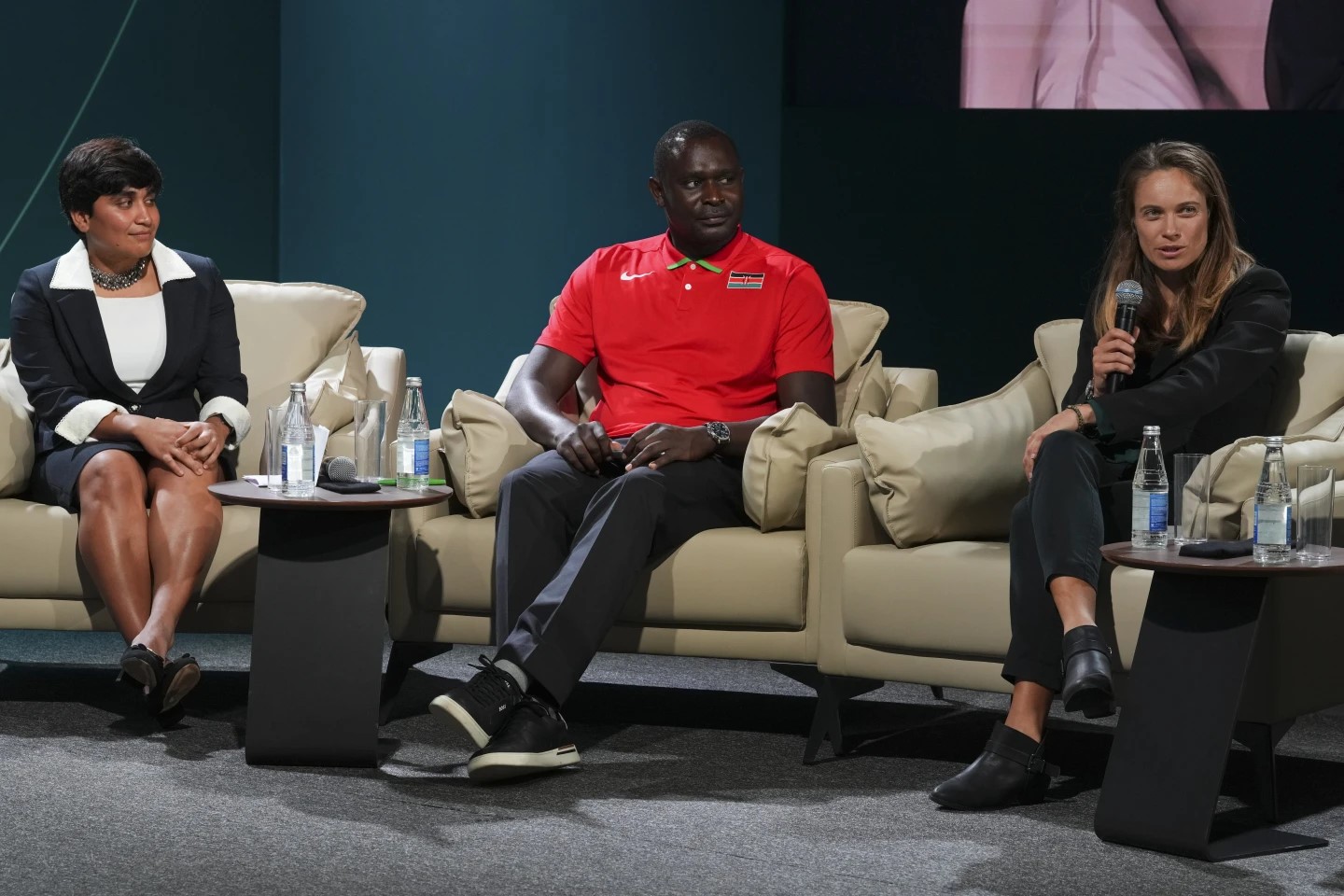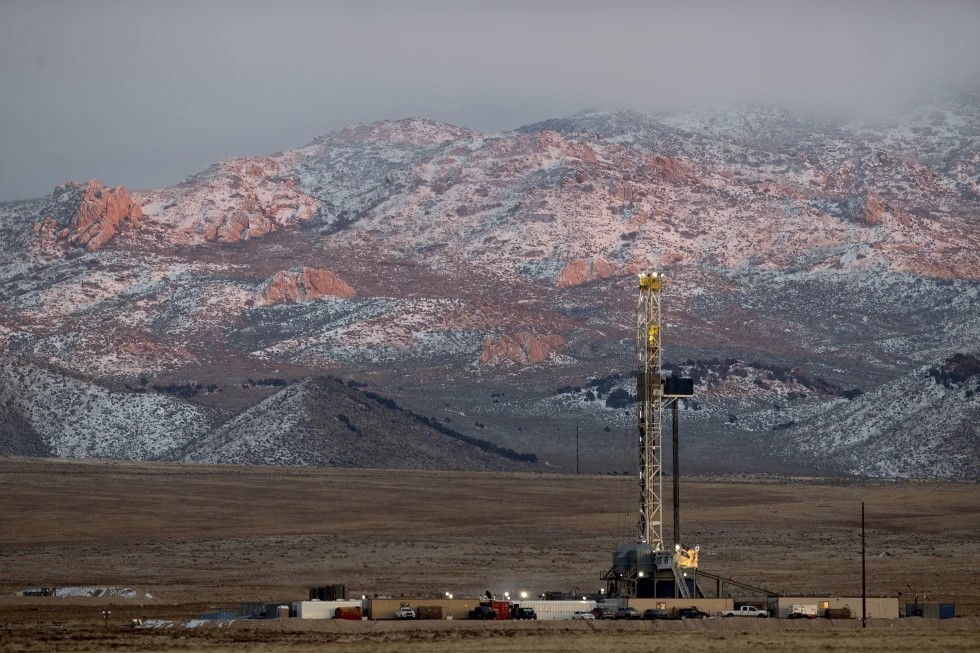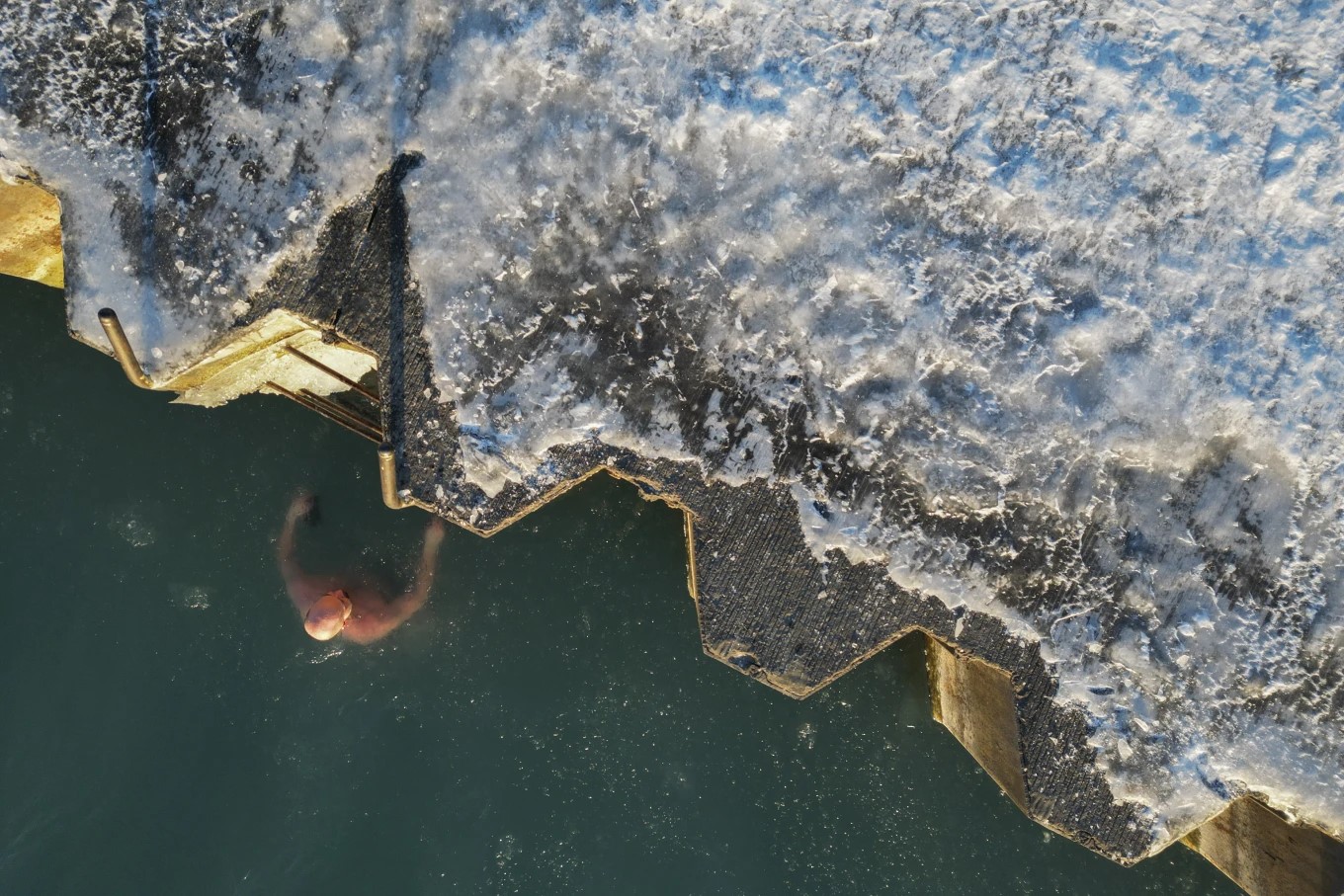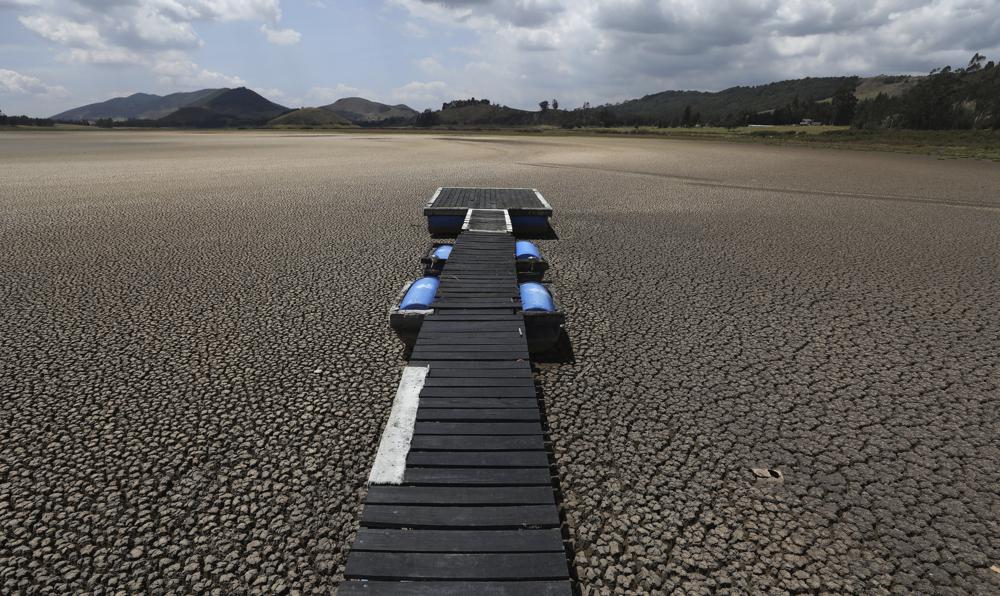Nearly 100,000 participants and 4,000 journalists attended COP28 earlier for two weeks in December, making it the largest climate conference ever. One of those attendees was Ashley Ward from Duke’s Nicholas Institute, who shared some reflections from the summit after it ended on December 13.
Ward told 97.9 The Hill that she saw three major takeaways from the conference: the first ever focus on human health, the establishment of a loss and damage fund, and the specific calling out of fossil fuels.
Ward is the director of the Heat Policy Innovation Hub for Duke, which helps develop policies to respond and mitigate the effects of climate change on people. Since she’s a climate scientist working in the world of public health, she said the health focus of the conference was particularly important to her.
“There were 110 countries that sent representatives from their ministries of health,” Ward said. “And 140 countries signed on to the pledges for transitioning our healthcare systems and centering climate change in global health policy. That’s a really big deal. And the conversation around Health Day filtered into every other conversation at COP.”
Framing climate conversations around health changed some of the long-term outlooks of the conference.
“The health conversation played a critical role in conversations around investing in adaptation and resilience,” Ward continued. “Even if we are able to mitigate, we are still going to experience these climate extremes. We are still going to have impacts to people. And we are going to need to invest in adaptation and resilience.”
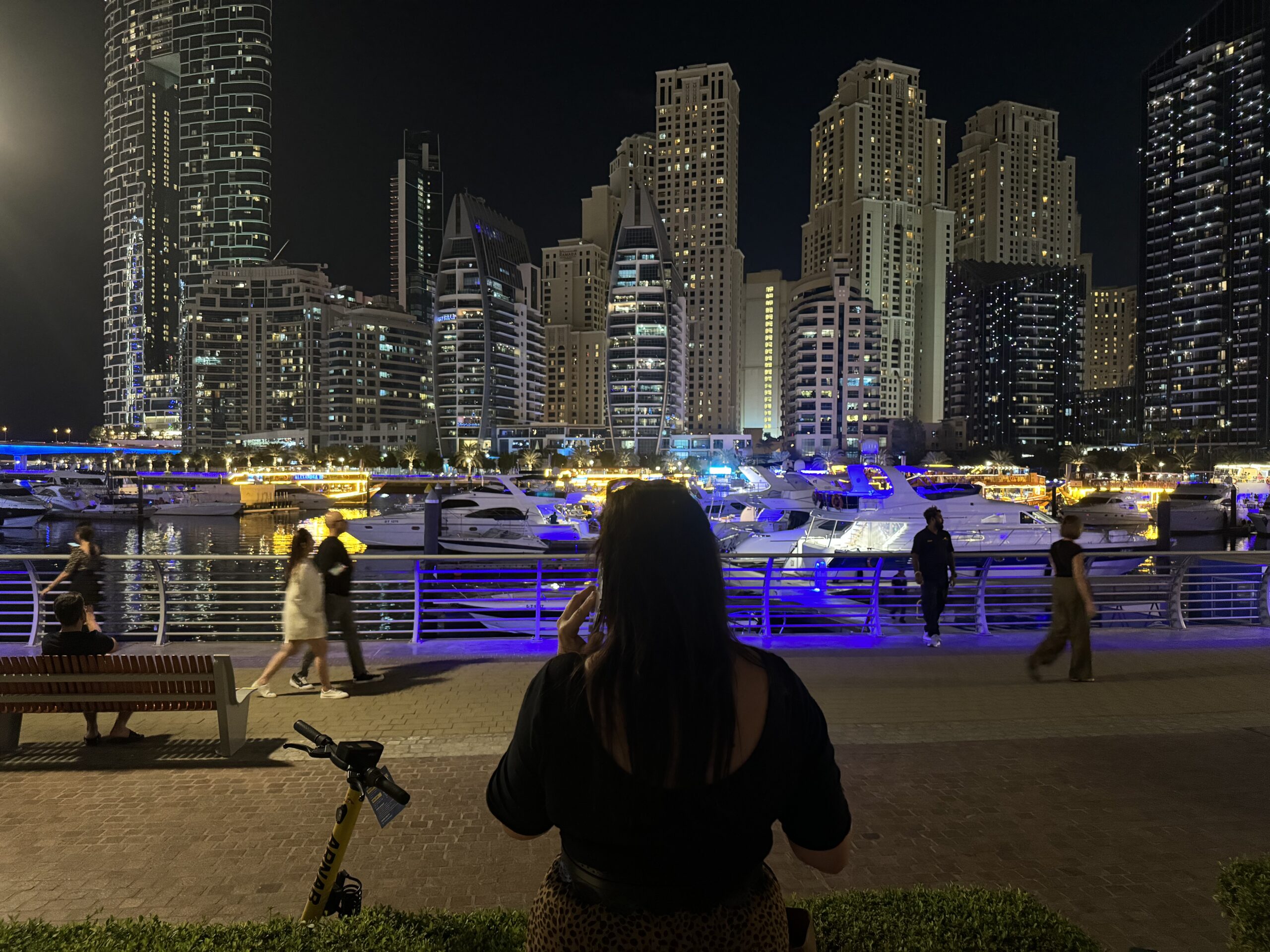
Duke’s Ashley Ward stands outside and takes a call in Dubai while visiting for the COP28 summit in December. (Photo via Ashley Ward)
Another major development at the conference was the establishment of a loss and damage fund. This is a pool of money established by wealthier nations who bear more of the responsibility of climate change to help lower income nations who are already shouldering the greatest burden of climate change.
“The Loss and Damage Fund became a thing. Now there’s 700 million dollars in there,” said Ward. “Not enough, but it’s growing. Some countries put in substantive contributions. The UAE put in $100 million. Germany [contributed] a $100 million. The U.S. only put in $17 million, which is pennies. The hope is that it will grow and there will be more investment. And it’s further along than we’ve been in the past.”
One of the more subtle developments at COP 28 was the language adopted in some of the official documents. Particularly interesting was the first time the conference has used language that calls out fossil fuels.
“This is the first time ever at a COP that we have explicitly called out in the final language in the global stock-take the role that fossil fuels have played and the need to ween off of fossil fuels,” Ward said.
Another element that loomed over the conference was the controversial choice of Dubai as the location.
“There are people who boycotted COP this year because of the location,” she said.
In addition to the extravagance of the conference itself, many people felt holding the conference in a country that has built it’s economy around fossil fuels is unacceptable. Ward said the location was always on people’s mind.
“Air quality there is not that great,” she added. “You can imagine, they have a lot of oil refineries. Part of being in Dubai with it being as hot as it was and with the air quality what it was, that became the topic of conversation. And it never really was far away, the irony of hosting a climate change conference in a petro state.”
In spite of the all of the questions surrounding the conference, Ward still felt there was cause for some guarded optimism.
“One of the most powerful things about COP is not what takes place in the negotiating rooms,” she concluded, “it’s what takes place with the people that you meet. And I have a stack of business cards and lists of people to connect with, and it’s very exciting going forward.”
Photo via AP Photo/Kamran Jebreili.
Chapelboro.com does not charge subscription fees, and you can directly support our efforts in local journalism here. Want more of what you see on Chapelboro? Let us bring free local news and community information to you by signing up for our biweekly newsletter.


